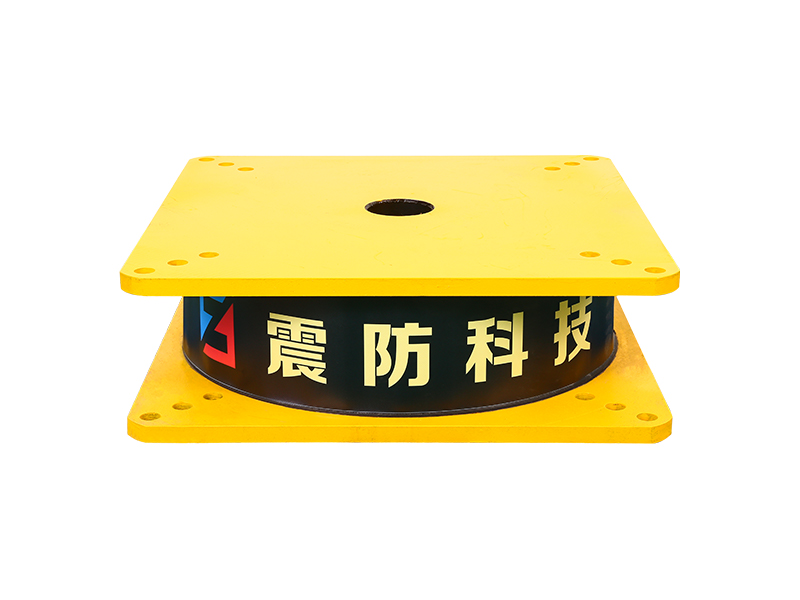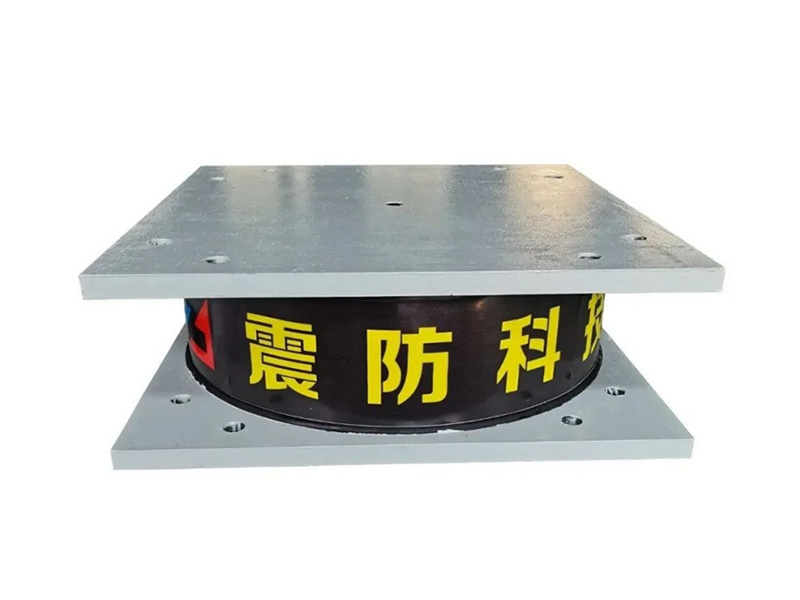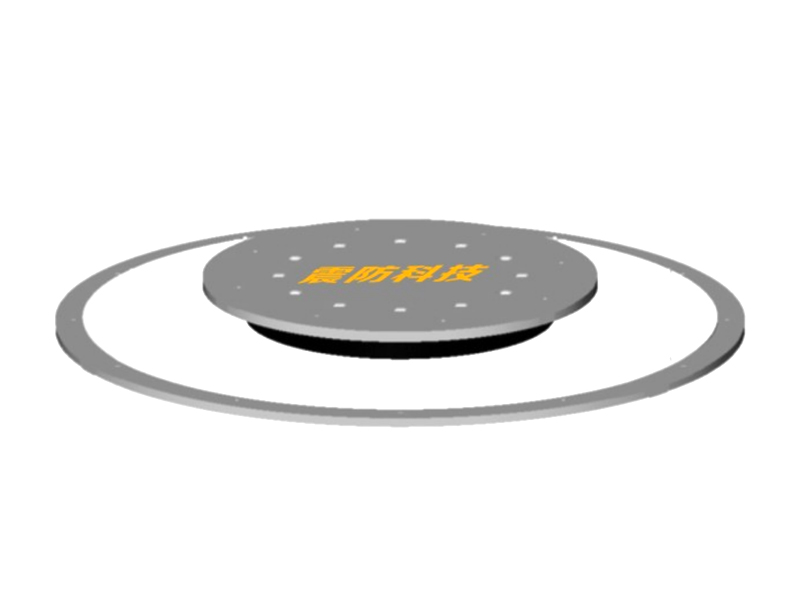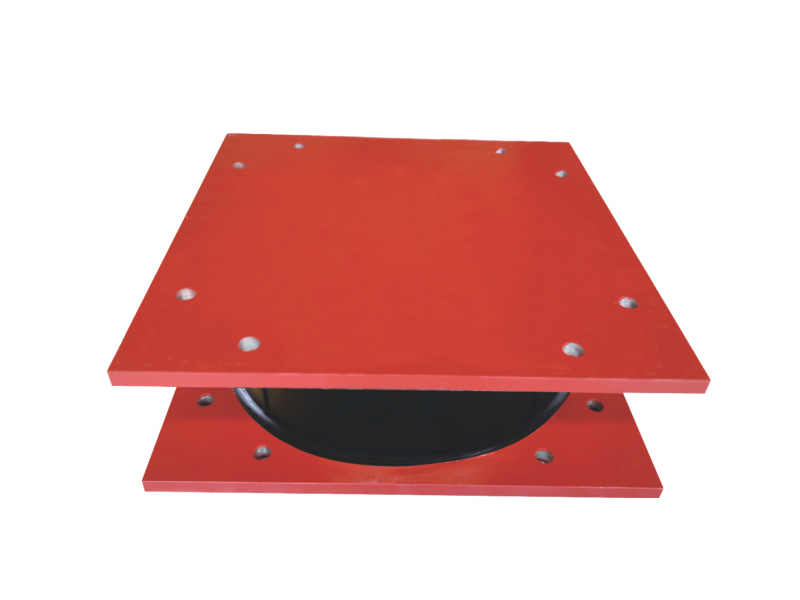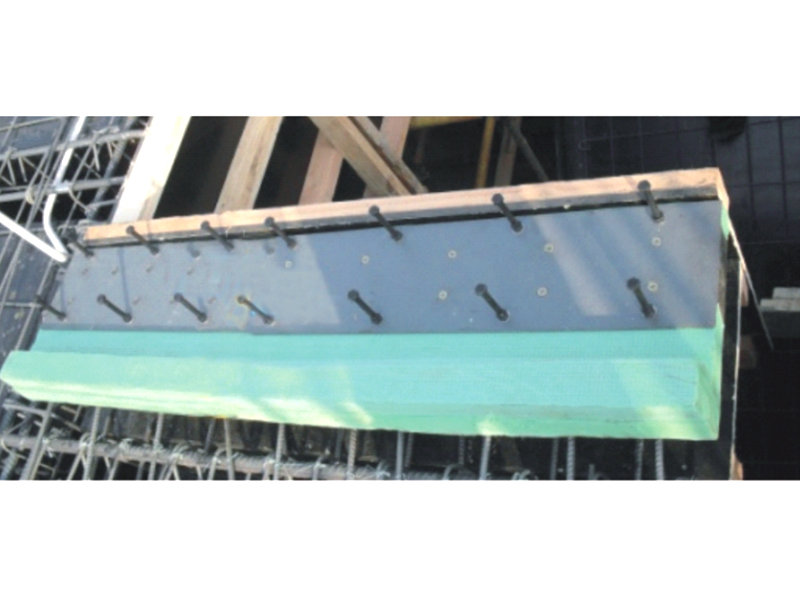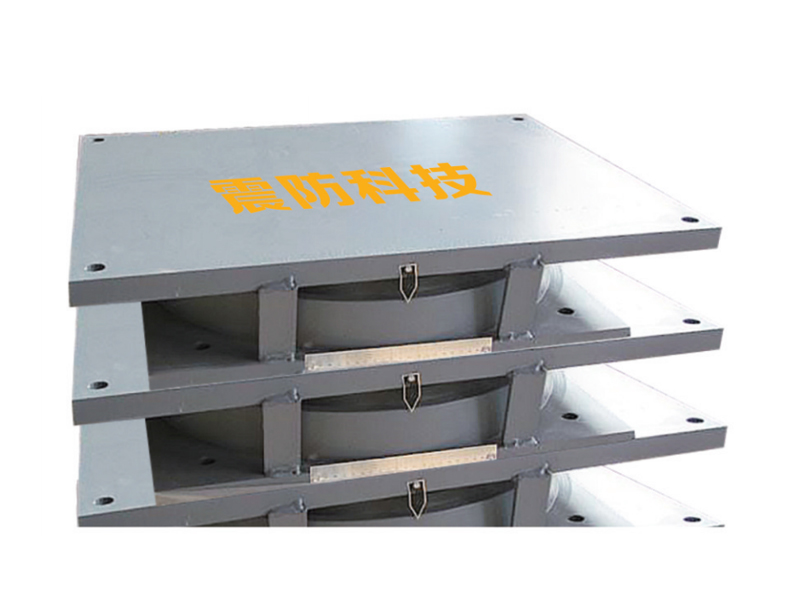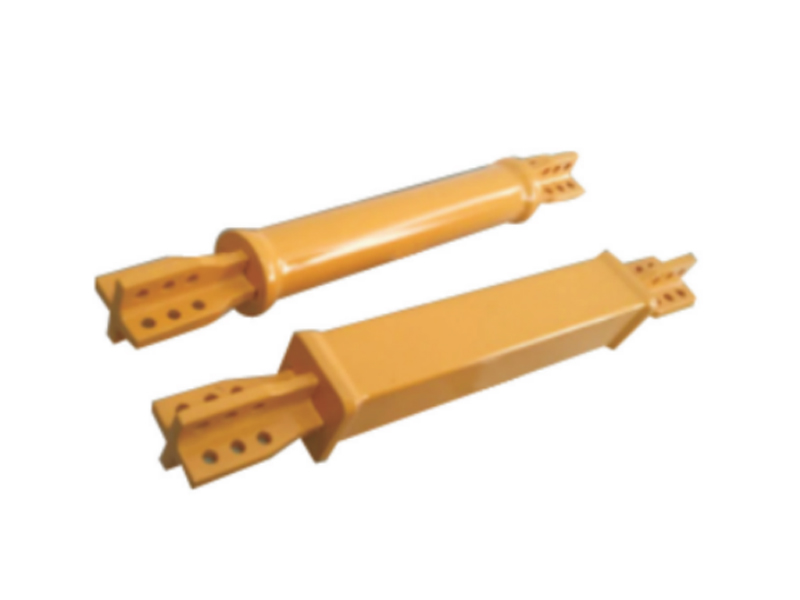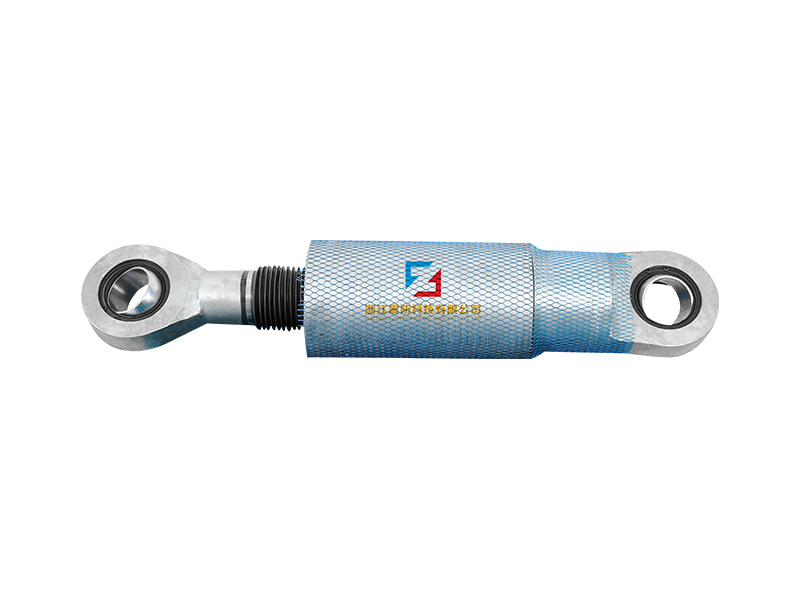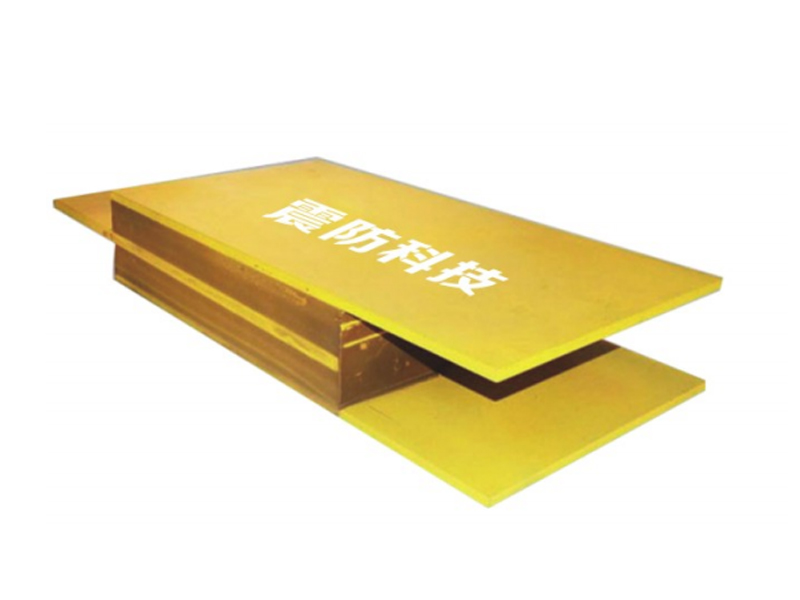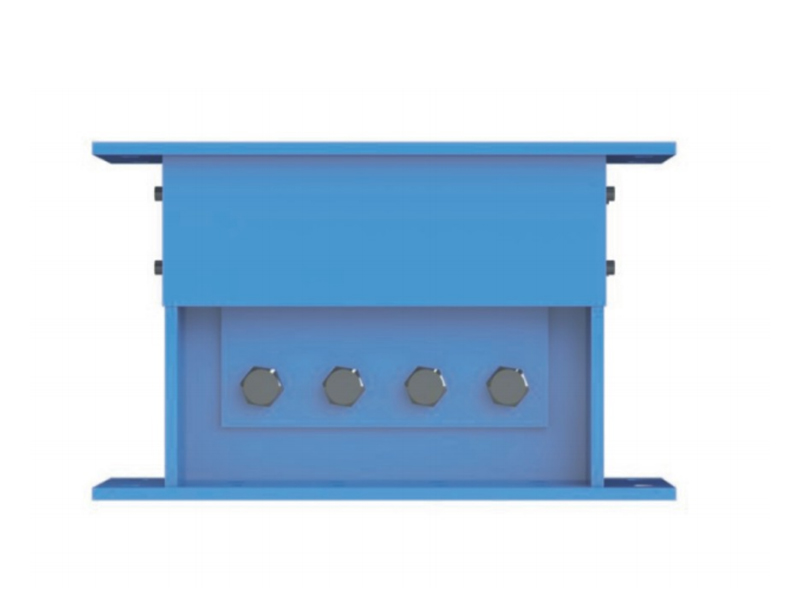The company has been adhering to the corporate tenet of "quality first, customer first", and sincerely welcomes domestic and foreign customers to visit and guide.
GET A QUOTEIn the ever-evolving field of structural engineering, the Building Vibration Isolation Rubber Bearing has emerged as a critical component in modern construction. As cities grow more densely populated and structures reach good heights, the need for advanced seismic and vibration protection technologies has never been greater. These specialized rubber bearings are now being adopted widely across a range of industries, from residential and commercial construction to infrastructure and high-tech manufacturing.
The Building Vibration Isolation Rubber Bearing is designed to decouple a structure from ground motion, particularly during seismic events or vibrations caused by heavy machinery or nearby rail lines. Comprised of alternating layers of high-damping rubber and steel plates, the bearings absorb and dissipate energy, protecting the integrity of buildings and the comfort of their occupants.
A Growing Necessity in Seismic Zones
Seismic activity poses one of the greatest threats to structural integrity. In regions like Japan, California, and parts of South America, the Building Vibration Isolation Rubber Bearing has become a staple in new building codes. By isolating the building from the ground’s motion, these bearings significantly reduce lateral forces transmitted during an earthquake.
“Buildings equipped with vibration isolation rubber bearings have shown good resilience in earthquakes,” says Dr. Elisa Ramos, a structural engineer with the Seismic Safety Institute. “In many cases, structures with these systems remain operational even after major seismic events, ensuring both safety and business continuity.”
Integration into Commercial and Residential Projects
While originally adopted in large-scale infrastructure and government buildings, the Building Vibration Isolation Rubber Bearing is now becoming more accessible for commercial offices and even high-rise residential complexes. With the rise of mixed-use developments in urban areas, reducing vibration from underground parking, transit tunnels, and mechanical systems is essential for livability and long-term asset value.
Real estate developers are increasingly promoting the use of Building Vibration Isolation Rubber Bearing technology as a good feature. Luxury apartment towers in metropolitan areas such as Tokyo, New York, and Seoul now incorporate these bearings to provide residents with a quieter, more stable environment.
Critical in Precision Environments
Beyond general construction, the Building Vibration Isolation Rubber Bearing plays a pivotal role in facilities where even minor vibrations can disrupt operations. In semiconductor fabrication plants, hospitals with sensitive medical imaging devices, and laboratories, structural vibration can compromise both safety and productivity.
“We’ve implemented building vibration isolation rubber bearing systems in our cleanroom expansions,” notes Anil Bhaskar, facility manager for a semiconductor firm in Taiwan. “This allows us to maintain the nanometer-level precision required for next-gen chip production.”
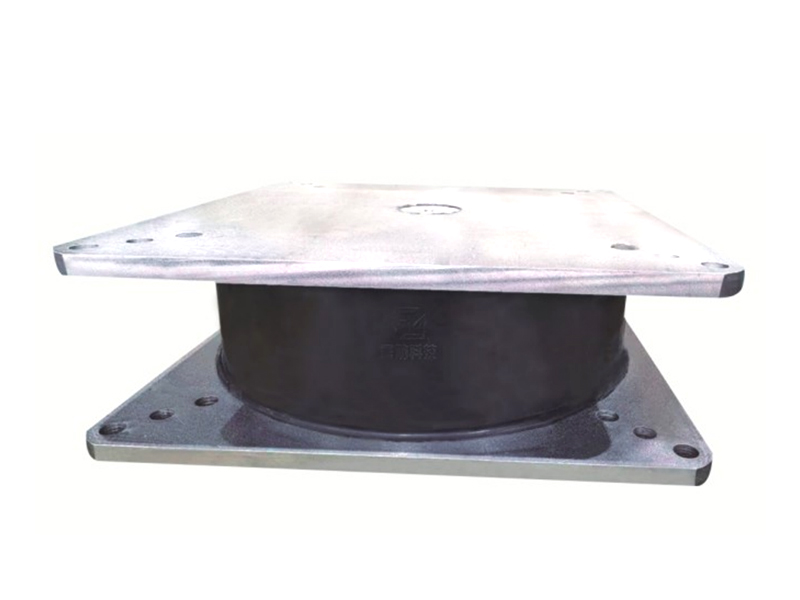
Infrastructure Applications on the Rise
Bridges, overpasses, and rail stations are also major beneficiaries of the Building Vibration Isolation Rubber Bearing. Transportation infrastructure is continuously subjected to dynamic loads and environmental changes, making vibration mitigation essential. Incorporating rubber bearing systems extends the life of infrastructure while reducing maintenance costs.
The new high-speed rail terminals in several European cities now feature Building Vibration Isolation Rubber Bearing systems embedded within their foundations. These terminals can handle the continuous impact of high-speed trains without transmitting disruptive vibrations to adjacent structures.
Environmental and Long-Term Benefits
Beyond performance, the environmental advantages of Building Vibration Isolation Rubber Bearing technology are noteworthy. By preserving a building’s structural integrity and reducing the need for extensive repairs after seismic or vibrational events, the bearings contribute to sustainability. Many of today’s rubber bearings are manufactured using recycled materials, aligning with green building certifications like LEED and BREEAM.
Moreover, as smart buildings become more interconnected and reliant on precision equipment, maintaining stable environments free from disruptive vibration is crucial. The integration of Building Vibration Isolation Rubber Bearing technology is rapidly becoming a good practice for sustainable, future-proof design.
